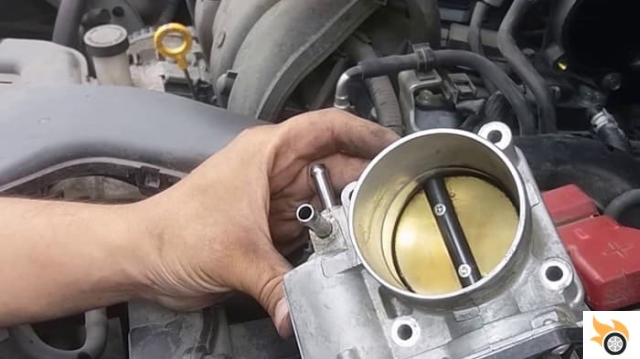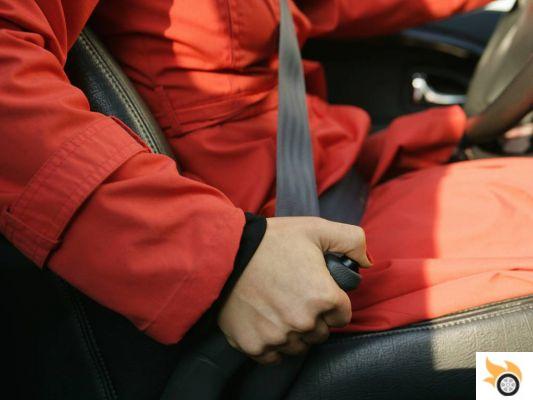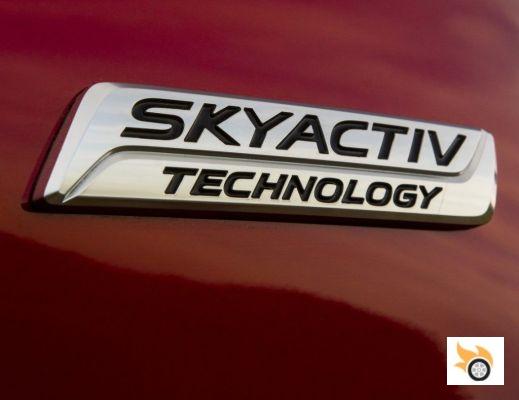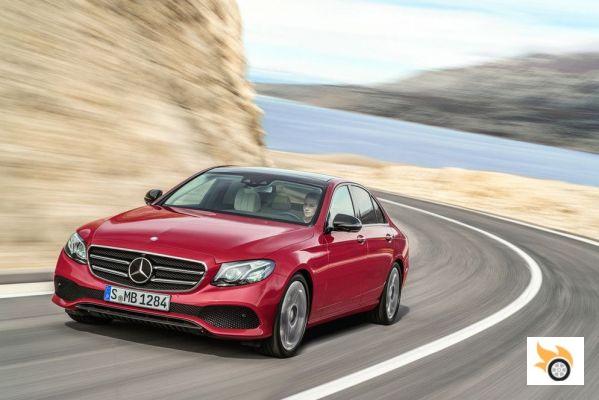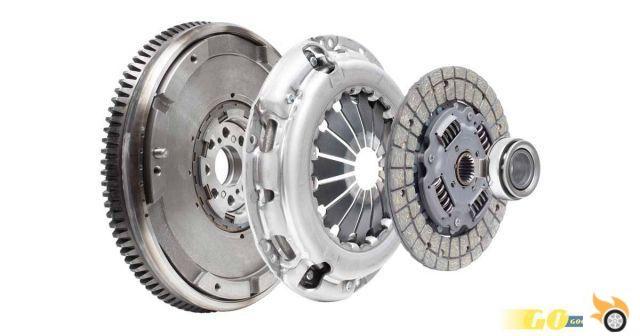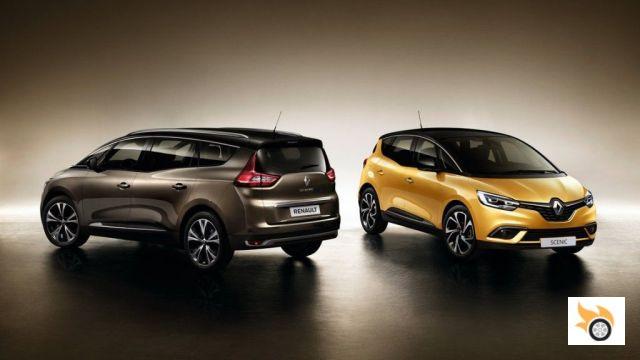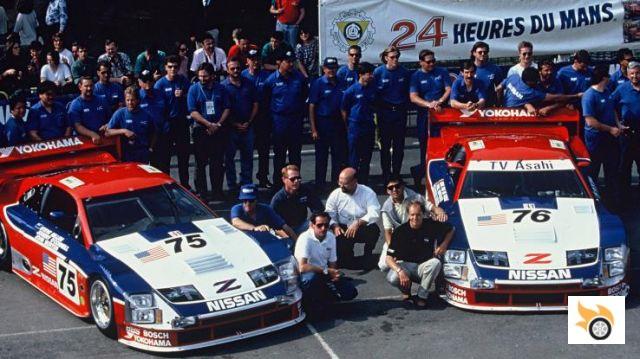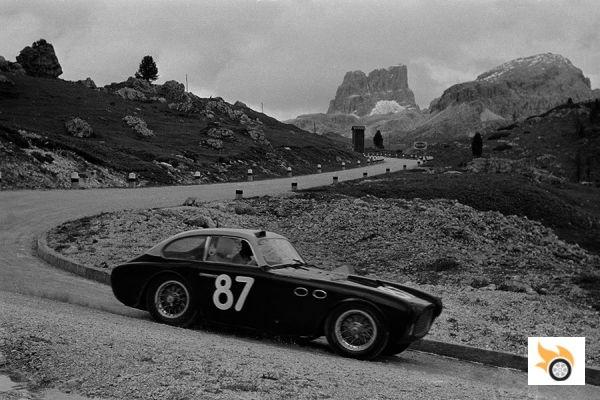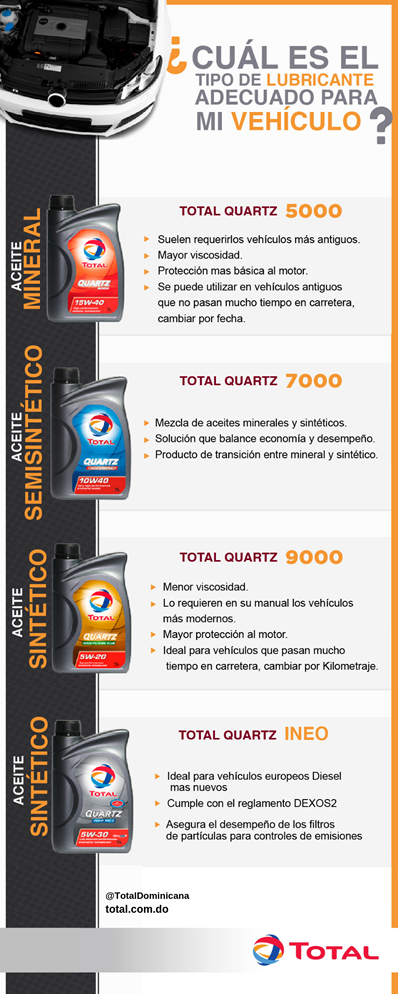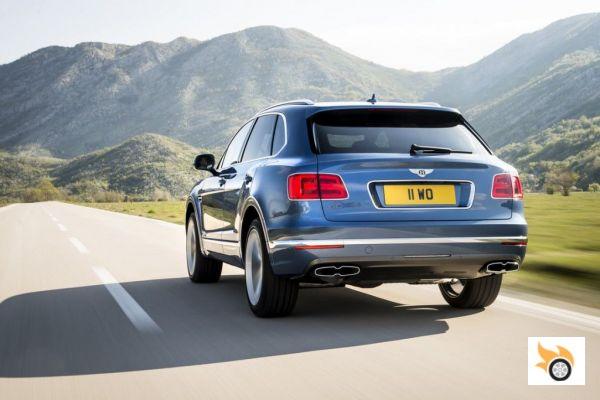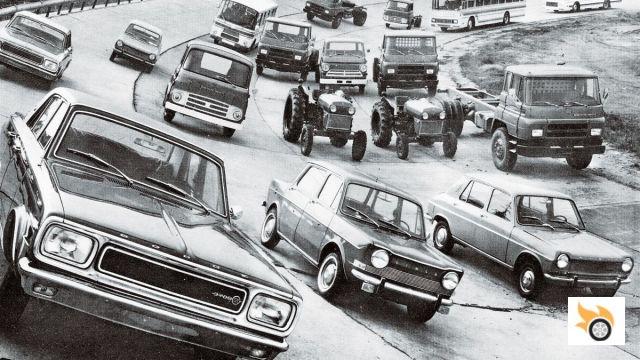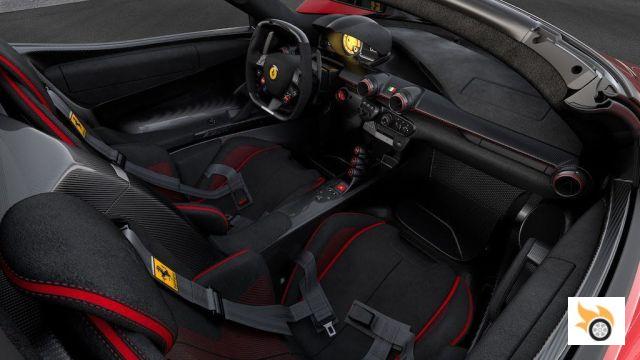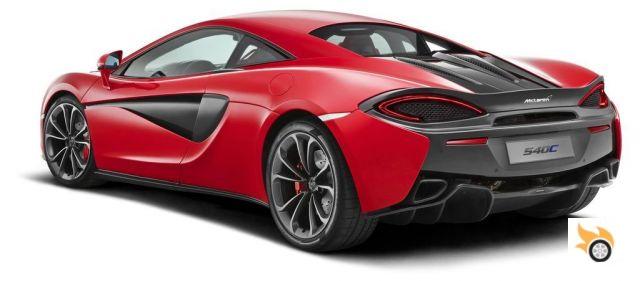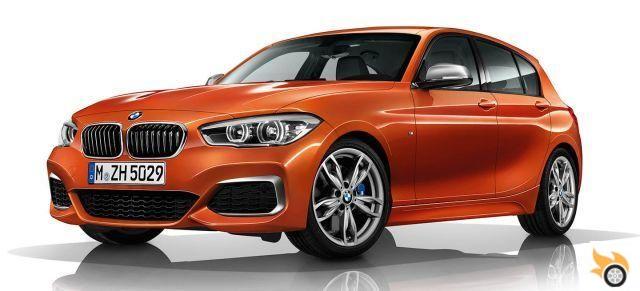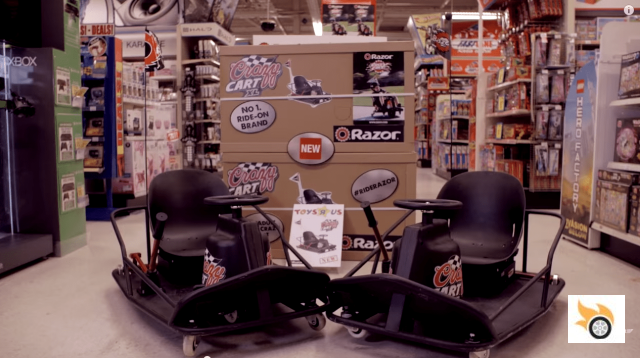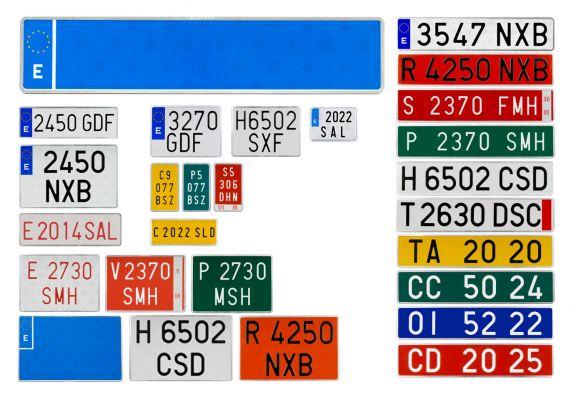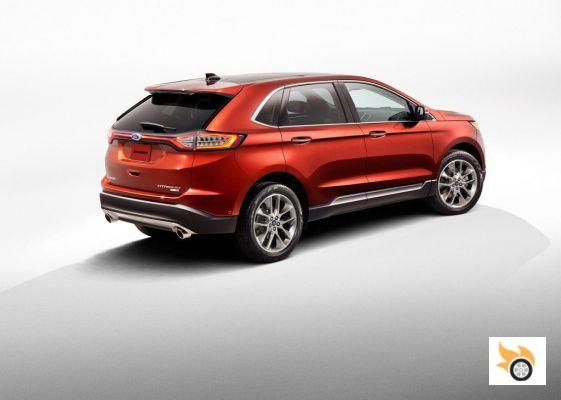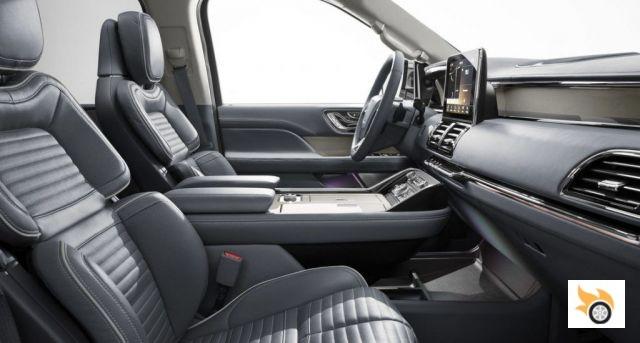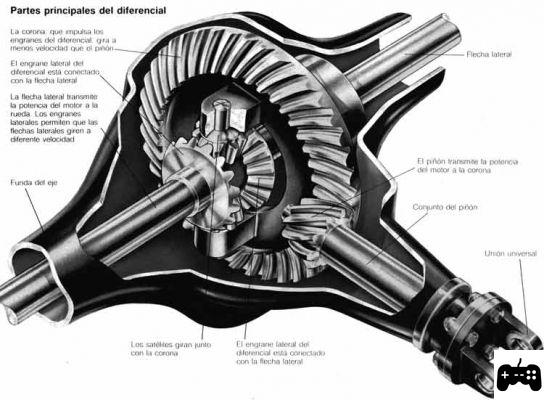
Introduction
Welcome to our article about the differential of a car. In this complete guide, we will explain what the differential is, how it works, where it is located, what its parts are, what it is for and what types of differential exist. If you are passionate about the world of motors, this article is for you. Let's get started!
What is the differential of a car?
The differential is an essential component in a car's transmission system. Its main function is to allow the vehicle's wheels to rotate at different speeds when cornering, thus preventing slipping and improving the stability and control of the car.
How does the differential work?
The differential works thanks to a series of gears that allow the distribution of engine power to the wheels. When the car corners, the outside wheels travel a greater distance than the inside wheels. The differential allows the wheels to rotate at different speeds, thus preventing slipping and ensuring better grip on the road.
Location and parts of the differential
The differential is located on the rear axle of the car, between the rear wheels. It is made up of several parts, among which stand out:
- Crown and pinion: they are the main gears of the differential.
- Planetary: allow the distribution of power to the wheels.
- Case: is the structure that protects the internal components of the differential.
Differential functions
The differential performs several important functions in a car's transmission system:
- Allows the wheels to spin at different speeds in curves, preventing slipping.
- Improves vehicle stability and control.
- Distributes engine power to the wheels efficiently.
Types of differential
There are several types of differential, each with specific characteristics and applications:
- Open Differential: This is the most common type and is used in most road cars.
- Limited Slip Differential – Offers better grip in low traction situations.
- Limited slip differential: provides greater grip in high traction situations.
- Electronic differential: uses sensors and actuators to control the distribution of power.
Frequently Asked Questions (FAQs)
1. What is the difference between an open differential and a limited slip differential?
The main difference between an open differential and a limited slip differential lies in their ability to distribute power to the wheels. While an open differential allows one wheel to spin faster than the other in low-traction situations, a self-locking differential blocks the speed difference between the wheels, providing greater grip in high-traction situations.
2. Where can I find more information about the operation of the differential?
If you want more information about how the differential works, we recommend visiting the following specialized websites: Motorpasión, Tecvolución, Autofacil.es, Motor.es, YouTube, Wikipedia and Motor EL PAÍS. These resources offer detailed and reliable content on the topic.
Conclusion
In short, the differential is a fundamental component in a car's transmission system. It allows the wheels to spin at different speeds when cornering, improving vehicle stability and control. In addition, there are different types of differential, each with specific characteristics and applications. We hope this guide has been useful for you to understand what differential is, how it works and what its types are. Now you are ready to continue exploring the exciting world of motoring!
Until next time,
The Pistonudos.com team




